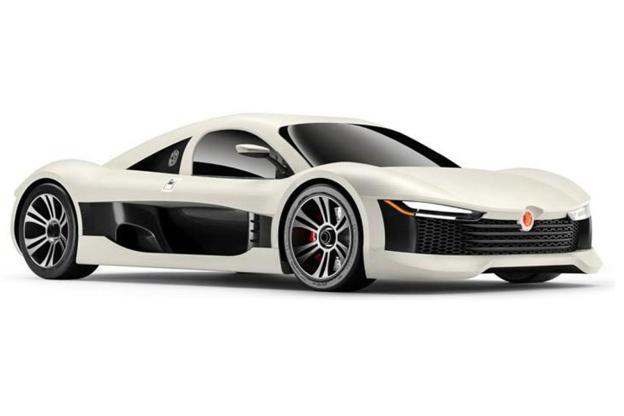 Despite what seems like economic common sense to the contrary, right now seems to be a pretty good time to get into the sports car business. The darn things are popping out of very unexpected places. We’re seeing cars with names that haven’t seen the light of day in decades (Detroit Electric, Syrena Sport) and from countries without a history of car building (Argentina).
Despite what seems like economic common sense to the contrary, right now seems to be a pretty good time to get into the sports car business. The darn things are popping out of very unexpected places. We’re seeing cars with names that haven’t seen the light of day in decades (Detroit Electric, Syrena Sport) and from countries without a history of car building (Argentina).
Minerva Auto ticks both of those boxes. This Belgian carmarker was founded in 1897 and started out manufacturing bicycles. It built its first car in 1902 and continued making them until the outbreak of World War II.
After the War, the company built Land Rovers under license, eventually devolving into Minerva-engineered knock-offs before the company went under in 1956.
Now, Minerva is back, and military-style 4x4s are definitely not on the menu.
Instead, the revived company is offering the J.M. Brabazon, mid-engined supercar. The awkward name is that of a British racer who favored Minervas, and if you think it sounds bad, keep in mind that his full name was John Theodore Cuthbert Moore-Brabazon.
The styling is about as awkward as the name. The car (we’ll call it the J.M., for short) looks a bit like an Audi R8 clone that’s been changed just enough to avoid lawsuits.
However, buyers just might forget the name and the styling when they take a peak under the hood.

The powertrain will be mounted in a carbon fiber monocoque with Kevlar-carbon body panels. Other intense hardware includes a limited-slip differential and regenerative brakes.
That’s a pretty impressive equipment list, but the J.M. will need it to meet its maker’s performance benchmark: a 249 mph top speed.
That is a very tall order for a company that has never built a supercar. Like many supercar startups, we can’t help wondering whether the J.M. will turn out to be the real deal or vaporware.
What do you think of this Belgian supercar? Tell us in the comments.


